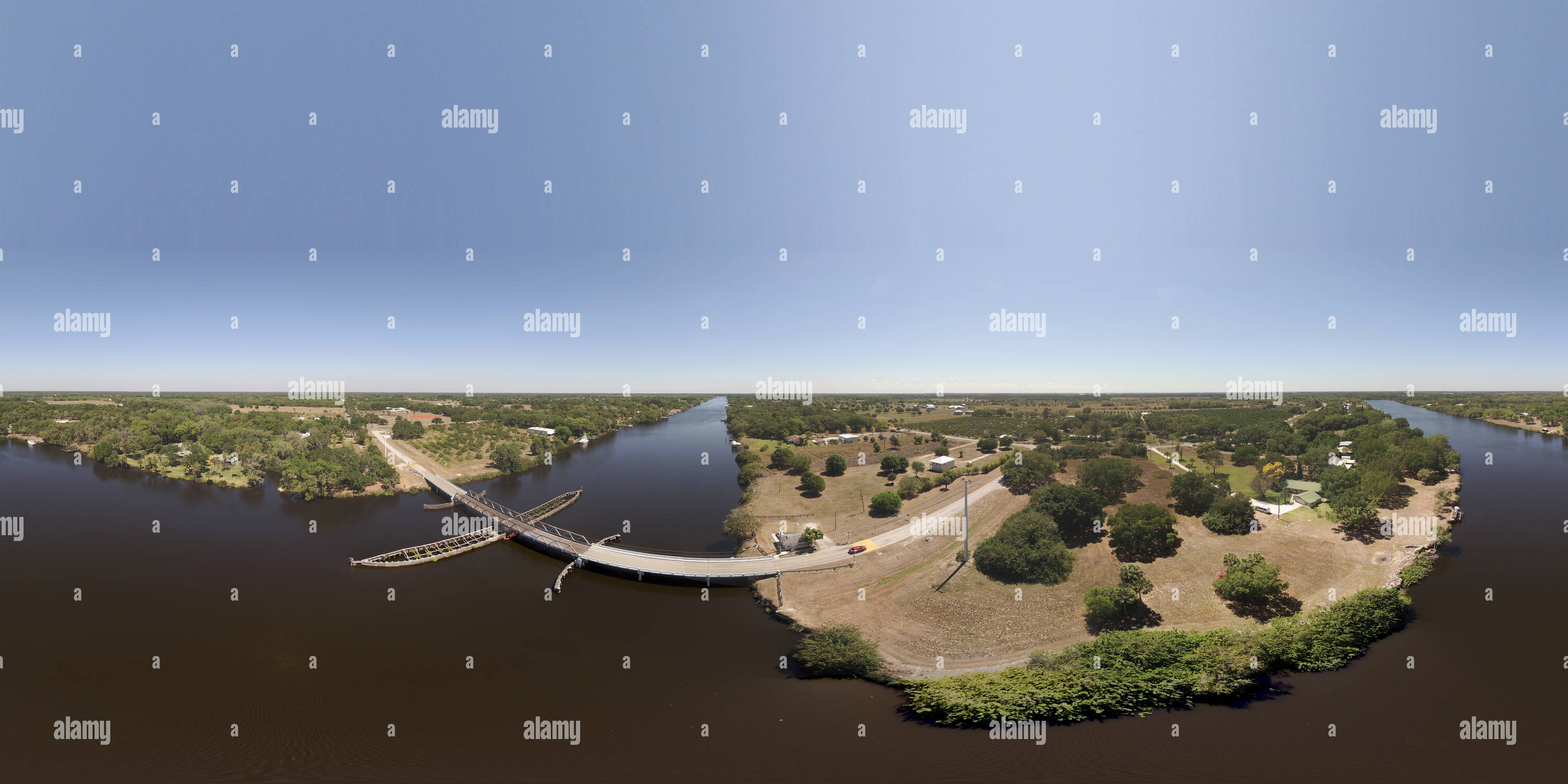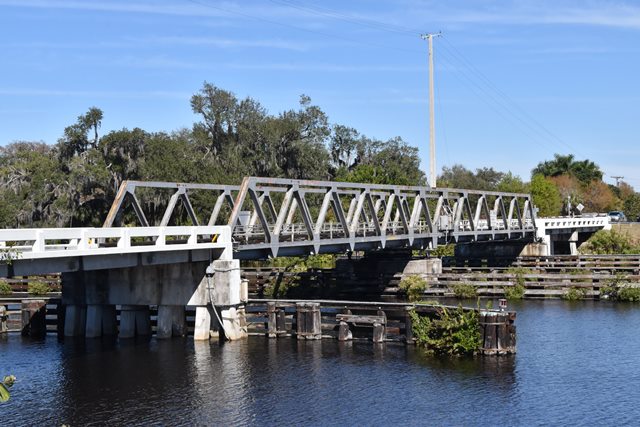
Okay, here is a 1200-word journalistic article about Fort Denaud, Florida.
Fort Denaud: Where the Echoes of Old Florida Still Whisper
By [Your Name/Journalist’s Name]

The name itself conjures images of stone ramparts, battlements, and the stoic sentinels of a bygone military era. "Fort Denaud, Florida." Yet, upon arrival, the traveler finds no such fortifications, no cannons standing guard. Instead, what greets the eye is a verdant tapestry of citrus groves, the slow, meandering curve of the Caloosahatchee River, and a quietude that feels almost anachronistic in an increasingly bustling Florida. Fort Denaud is not a fort in the traditional sense, but a living, breathing testament to a Florida that time has largely forgotten – a place where the echoes of pioneers, steamboat captains, and orange growers still whisper on the humid breeze.
This unassuming outpost, nestled deep in Hendry County, offers a profound journey into the state’s true, gritty history, far removed from the theme parks and high-rises. It’s a place where the very landscape tells tales of human resilience, the bounty of the land, and the relentless flow of a river that once served as the lifeblood of an emerging frontier. Fort Denaud is not just a geographical location; it’s a state of mind, a historical touchstone, and a poignant reminder of the enduring spirit of Old Florida.
The Fort That Never Was: A Name Born of Commerce
The first intriguing paradox of Fort Denaud lies in its nomenclature. The "fort" was never a military stronghold. Its name derives from Pierre Denaud, a French Canadian trader and trapper who established a trading post here in the mid-19th century. In an era before paved roads and sprawling interstates, the Caloosahatchee River was the primary highway, a vital artery connecting the interior of Florida, particularly Lake Okeechobee, to the Gulf of Mexico. Denaud’s post, strategically located on the north bank of the river, became a crucial stop for steamboats, pioneers, and settlers seeking supplies, trade, or a brief respite from the arduous journey.
"It was a fort of commerce, a fort of community, not of war," explains Sarah Jenkins, a local historian and archivist for Hendry County, during a recent phone interview. "Denaud provided essential goods – dry goods, tools, food – to those brave souls venturing into what was then a truly wild and untamed wilderness. His post was a beacon, a safe harbor of sorts, and the name stuck, signifying its importance as a place of refuge and exchange." This distinction immediately sets Fort Denaud apart, painting a picture not of conflict, but of connection and the foundational spirit of enterprise that built early Florida.
The River: Lifeblood of a Budding Frontier
To understand Fort Denaud, one must first understand the Caloosahatchee River. It is the heart of this region, a silent witness to centuries of change. For the Seminole and Calusa people before European settlement, the river was their sustenance and highway. For the pioneers who followed, it was the key to unlocking the interior. Steamboats, with their distinctive whistles and churning paddlewheels, transformed the river into a bustling thoroughfare. They transported everything from mail and passengers to lumber, cattle, and, most famously, citrus.
"The river dictated everything," says Mark Thompson, a fifth-generation citrus grower whose family has worked the land near Fort Denaud for over a century. "Before the railways, if you wanted to get your oranges to market, or if you needed a new plow, it came by boat up the Caloosahatchee. The river wasn’t just water; it was our connection to the world." Thompson’s weathered hands, stained by years of working in the groves, are a living testament to the deep agricultural roots fostered by the river’s accessibility.

The Caloosahatchee’s role expanded dramatically with the vision of Hamilton Disston, a Philadelphia industrialist who, in the 1880s, embarked on a massive land reclamation project. His efforts to drain the Everglades involved dredging and widening the Caloosahatchee, effectively linking Lake Okeechobee to the Gulf. This engineering feat, though controversial in its ecological impact, transformed the landscape and further cemented the river’s importance as a commercial conduit, opening vast tracts of land for agriculture.
Pioneers and the Promise of the Land
The promise of fertile land and the accessibility offered by the Caloosahatchee drew a steady stream of pioneers to the Fort Denaud area in the late 19th and early 20th centuries. These were not the fortune-seekers of the Gold Rush, but individuals and families seeking a new life, willing to battle the formidable challenges of the Florida frontier: the heat, the mosquitoes, the isolation, and the sheer effort required to tame the wilderness.
They carved out homesteads from dense hammocks and pine flatwoods, planting citrus groves that would become the backbone of the region’s economy. Oranges, grapefruits, and tangerines thrived in the subtropical climate, and the river provided a reliable means to transport the delicate fruit to northern markets. Cattle ranching also took hold, with vast herds grazing on the expansive grasslands.
"My great-grandparents arrived here with little more than a dream and a few tools," recounts Eleanor Vance, a retired schoolteacher whose family settled in the area in 1910. "They cleared the land by hand, planted their first trees, and prayed for good harvests. Life was hard, but there was a strong sense of community, of helping one another survive and thrive in this beautiful, wild place." Vance’s voice carries a reverence for the tenacity of her ancestors, a sentiment shared by many long-time residents who understand the deep personal connection to the land.
The Roar of the Railroad and Shifting Tides
The early 20th century brought another transformative force to Fort Denaud: the railroad. Henry Flagler and Henry Plant’s rail lines crisscrossed Florida, eventually reaching into the agricultural heartland. While the river remained important, the railroad offered a faster, more reliable, and less weather-dependent method of transport for perishable goods like citrus. This ushered in a new era of growth and prosperity for the area, further cementing its role as an agricultural hub. Packinghouses sprung up, and the rhythm of life adapted to the schedules of the trains.
However, Fort Denaud, like many small towns, also faced its share of adversity. Devastating freezes in the late 19th and early 20th centuries wiped out entire groves, forcing growers to replant and rebuild. Hurricanes, with their destructive winds and storm surges, periodically battered the region. Economic depressions tested the resolve of its residents. Yet, through it all, the community persevered, demonstrating a resilience that defines the spirit of rural Florida.
Fort Denaud Today: A Quiet Legacy
Today, Fort Denaud remains a quiet, largely agricultural community. The sprawling citrus groves still dominate the landscape, though development pressures from Florida’s booming population steadily encroach. The Caloosahatchee River continues its gentle flow, now part of the Okeechobee Waterway, a federally maintained navigation route for recreational boaters and commercial barges.
Visitors to Fort Denaud will find a smattering of homes, a few local businesses, and a profound sense of peace. The historic Fort Denaud Bridge, a swing bridge built in 1933, stands as a local landmark, a tangible link to the past. It’s a place where you can still feel the palpable connection to the land and the river, where the pace of life seems to slow down, inviting reflection rather than hurried consumption.
"We might not have the big attractions, but what we have here is authentic," says Mary Beth Miller, who runs a small general store that has been in her family for three generations. "You can come here and feel what Florida was like before all the concrete. You can see the stars without light pollution, hear the birds, and maybe, just maybe, if you listen close enough, you can hear the whispers of those who came before us." Her words capture the essence of Fort Denaud’s understated charm.
A Timeless Snapshot
Fort Denaud is more than just a dot on a map; it’s a living museum of Florida’s pioneering spirit. It reminds us that the state’s true character isn’t solely defined by its famous beaches or its modern marvels, but by the tenacity of its early settlers, the bounty of its land, and the enduring power of its natural waterways. It’s a place that asks you to pause, to look beyond the surface, and to appreciate the profound stories etched into the very soil.
In a state constantly reinventing itself, Fort Denaud stands as a quiet, stoic sentinel, preserving a timeless snapshot of Old Florida. It is a powerful reminder that sometimes, the greatest treasures are found not in grand monuments, but in the unassuming places where history truly lives, breathes, and continues to whisper its tales to those willing to listen. To visit Fort Denaud is to step back in time, to connect with the roots of a complex and captivating state, and to understand that the "fort" it represents is not one of battle, but one of enduring spirit and a deep, abiding connection to the land.


